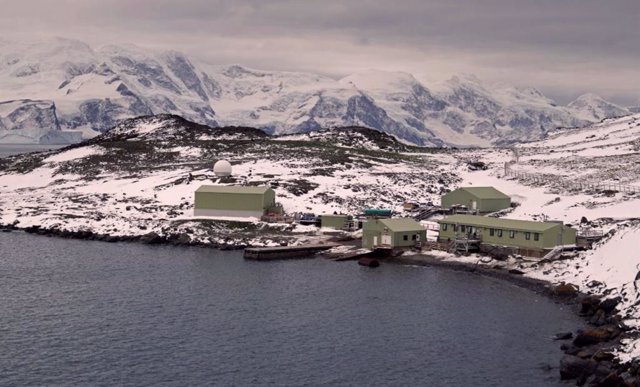26 Apr. (EUROPE PRESS) –
The most complete and updated registry of exotic plants and animals in Antarctica reveals, despite biosafety control, which are a key threat to Antarctic ecosystems.
Modern bioinformatics standards applied to invasive species established in Antarctica reveal that they have already caused significant impacts on local biodiversity.
These include the widespread predation of cats, mice and rats on endemic insects and seabirds, damage to vegetation caused by rabbits and other introduced mammals, and the transformation of some plant communities by weedsreveals collaborative research between La Trobe University, the Arthur Rylah Institute and Monash University.
This is a region that is particularly vulnerable to the impact of climate change and introduced species of plants and animals.
The study, led by Dr. Rachel Leihy of the Arthur Rylah Institute for Environmental Research and published in scientific datais the first to collect data on the identity, localities, establishment, eradication status, dates of introduction, habitat, and evidence of impact of known invasive and introduced alien species in the terrestrial and freshwater region. of Antarctica and the Southern Ocean, dating back to the first arrival of people in these areas and the first reports of alien species in the mid-18th century.
The study reviewed 3,066 records of 1,204 plants and animals at 36 individual locations in Antarctica and the Southern Ocean Islands.
According to Leihy, the evidence indicates that while almost half of these alien species do not have an invasive impact, “About 13% of species have managed to invade the local environment.”
One of the reasons that data on alien species in Antarctica have, to date, remained largely undocumented is that the region south of latitude 60°S it is managed as an international space through the Antarctic Treaty System.
“Areas are often excluded from international reporting on agreements that enforce documentation of biosafety violations, such as the United Nations Convention on Biological Diversity,” Leihy said. it’s a statement.
According to Professor Melodie McGeoch of La Trobe University, since the first expeditions to Antarctica and the islands of the Southern Ocean, humans have introduced non-native species to the region intentionally and accidentally, but few have taken root on the continent due to the severity of the climate.
Following the entry into force in 1998 of the Protocol on Environmental Protection of the Antarctic Treaty, the introduction of domestic livestock, sled dogs and non-sterile soil was prohibited, and the introduction of living organisms is subject to strict authorization conditions.
“Whereas in the comparatively more temperate Southern Ocean Islands, which encircle the continent and are also part of the Antarctic region, such as Australia’s Macquarie Island, there are many more records of exotic species”.
Some of these established alien species have caused significant impacts on local biodiversity.
These include widespread predation by cats, mice, and rats on endemic insects and seabirds.damage to vegetation caused by rabbits and other introduced mammals, and the transformation of some plant communities by weeds.
“However, despite increasingly stringent biosecurity procedures across the region, biological invasions remain a key threat to Antarctic ecosystems,” Leihy said.
“This study, and the ongoing documentation of introduced species, in Antarctica is important in providing baseline data because projections indicate that the impacts of invasive alien species on their indigenous counterparts and on ecosystems are likely. grow in the future with increasing human occupation of the region and with changing climates“, said.















